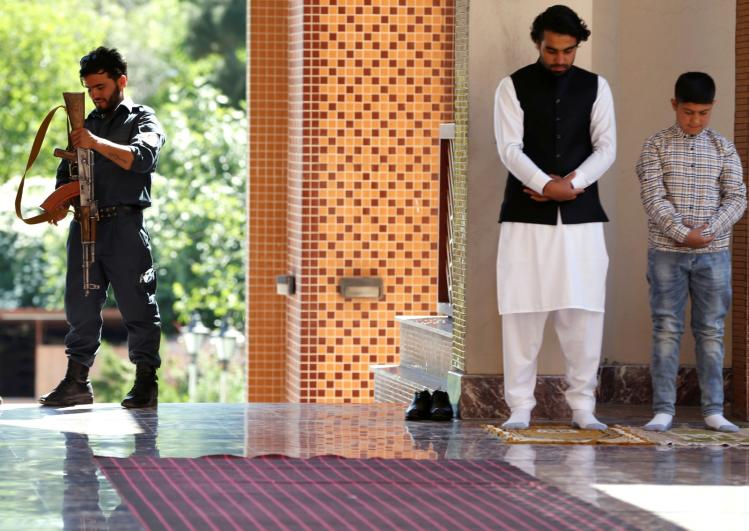
A little more than eighteen years after the 9/11 attacks, America’s war in Afghanistan has finally ended, bringing our longest conflict to a close and leaving Afghans with the promise of a lasting peace. Or that’s what the Trump administration would have you believe. On February 29, it signed a deal with the Taliban that provides for the withdrawal of the remaining 12,000 U.S. military personnel from Afghanistan in just over one year. It also commits the Taliban to future power-sharing negotiations with the democratically elected (though woefully corrupt) Afghan government in Kabul. But the text of the agreement, only four pages long, is conspicuously vague in its details, especially concerning the Taliban’s commitment to “violence reduction.” This has prompted U.S. lawmakers and commentators on all sides of the political spectrum to question whether the Taliban will actually honor its end of the bargain. We’d be better able to answer this question if the White House would release the two classified “annexes” outlining the U.S. military’s verification mechanisms; it won’t, so we can’t.
But then there’s the evidence on the ground. Just days after signing the agreement, the Taliban (“great fighters” who “kill terrorists” and defend American values, according to Trump) resumed deadly attacks on U.S.-backed Afghan government forces. Nor has the Taliban expelled terrorists from the ranks of its leadership: the influential Sirajuddin Haqqani, of the Haqqani Network, a group known for its suicide-bombing campaign, remains at the helm of the Taliban’s military.
During Trump’s impeachment hearings in the House, former U.S. ambassador to Ukraine Marie Yovanovitch spoke of the corrosive effects of this administration’s failure to back up its own diplomats. This same disregard for expertise infected its approach to Afghanistan. Over NATO objections, Trump signaled his desire to withdraw from Afghanistan “with or without a deal” early on, thus tying the hands of U.S. negotiator Zalmay Khalilzad. As former U.S. director of national security Susan Rice has argued, Khalilzad’s team got the best deal it could. But the administration has now ceded whatever leverage it once had in Afghanistan, limiting U.S. counterterrorism capacities and dishonoring the sacrifices made by U.S. and Afghan forces alike. While not as disastrous as Trump’s hasty withdrawal from Syria, the Afghanistan deal essentially grants the Taliban what it has long wanted: the departure of U.S. forces, and the upper hand in Afghan power relations. Just note the glee with which a Taliban spokesman welcomed the agreement a day before the signing ceremony in Doha, Qatar: “It’s a defeat of the arrogance of the White House in the face of the White Turban.”
That’s not to say that the withdrawal of U.S. forces from Afghanistan isn’t popular here, too. The war cost the United States $2 trillion and claimed 2,400 American lives. It was launched and conducted with more arrogance than planning, as the Afghanistan Papers, a trove of Pentagon documents published by the Washington Post in December 2019, revealed. It needed to be brought to an end. But how a war is ended also matters. With so little guaranteeing that the Taliban won’t continue business as usual, there’s reason to worry that life is going to get much worse for Afghans. As in business, so in foreign policy: Trump cuts and runs, leaving others to deal with the wreckage.